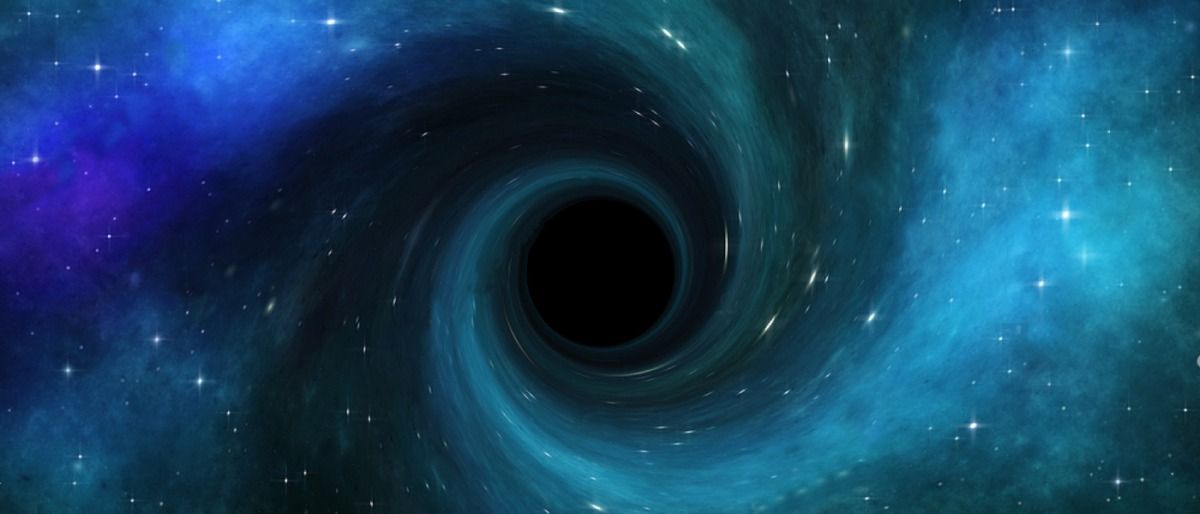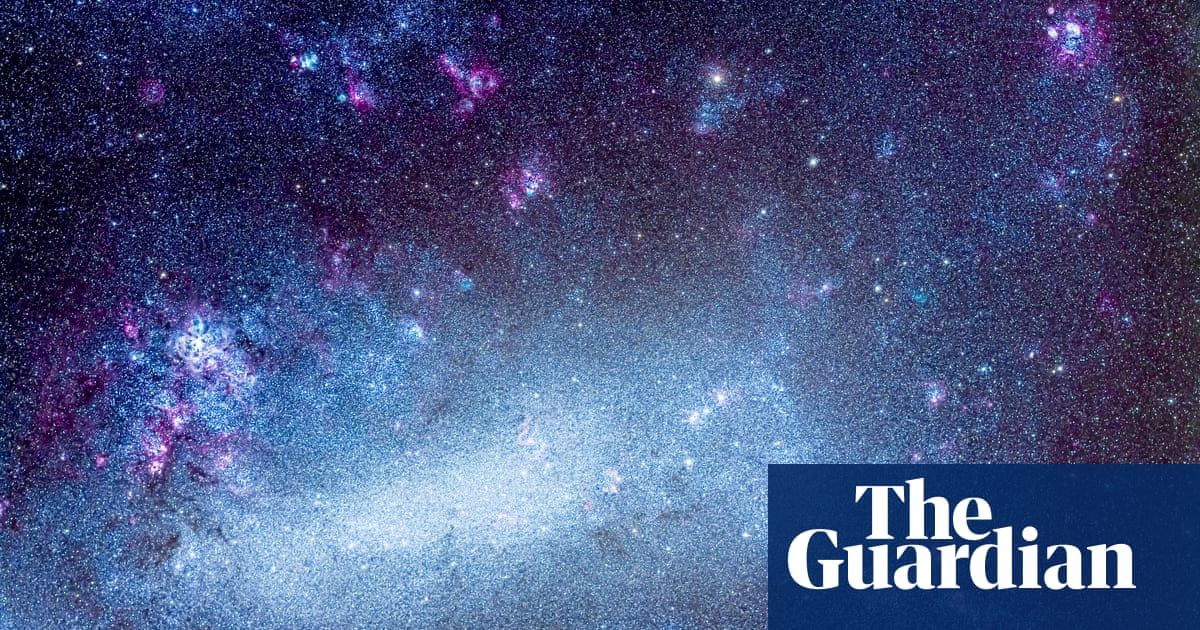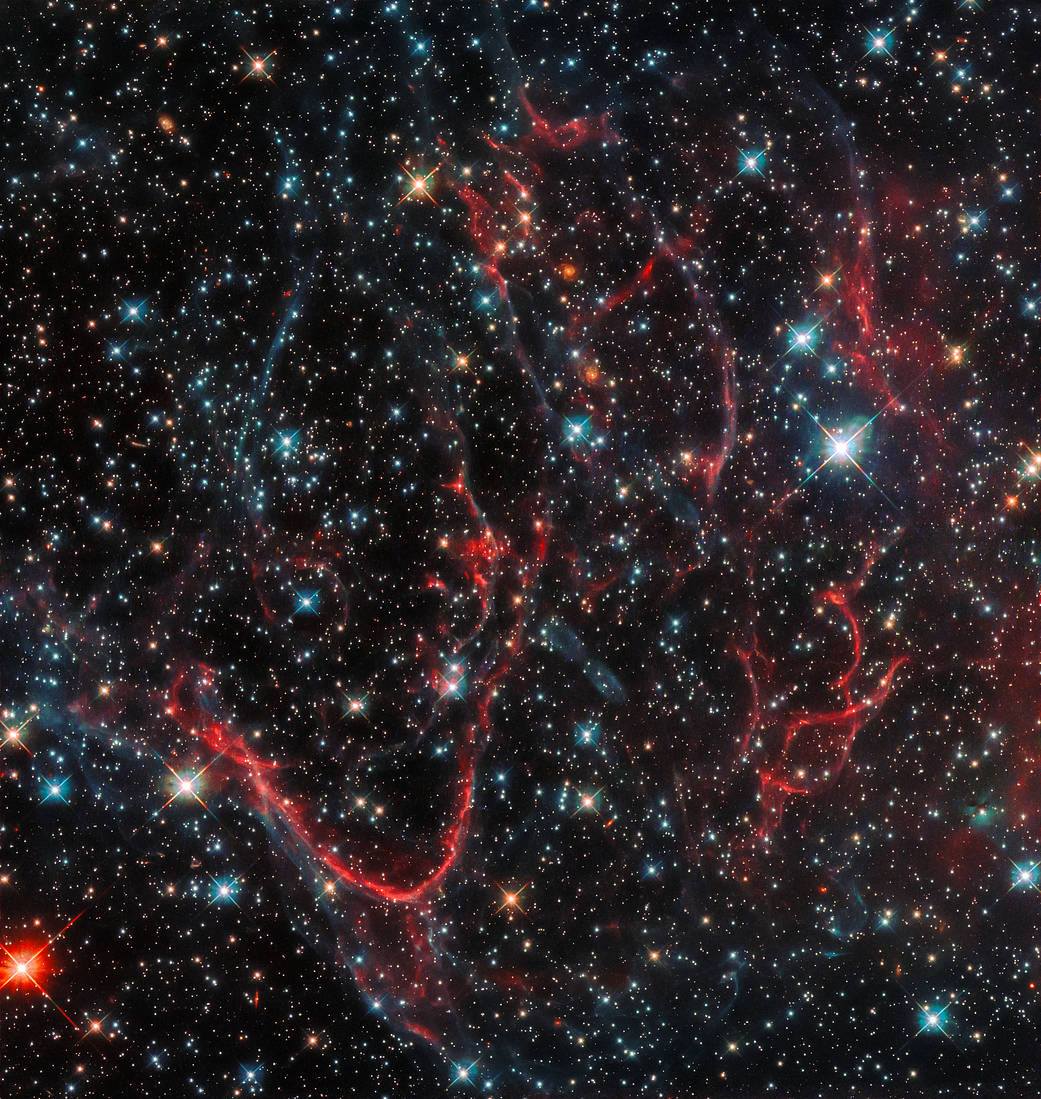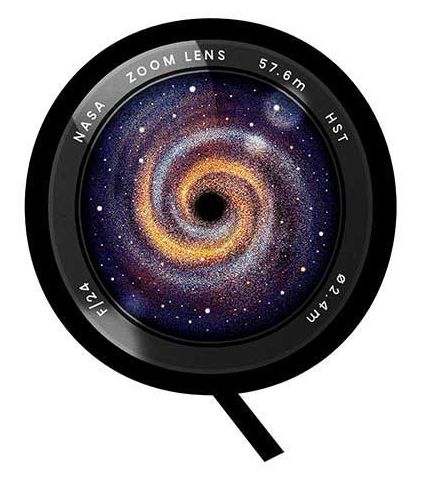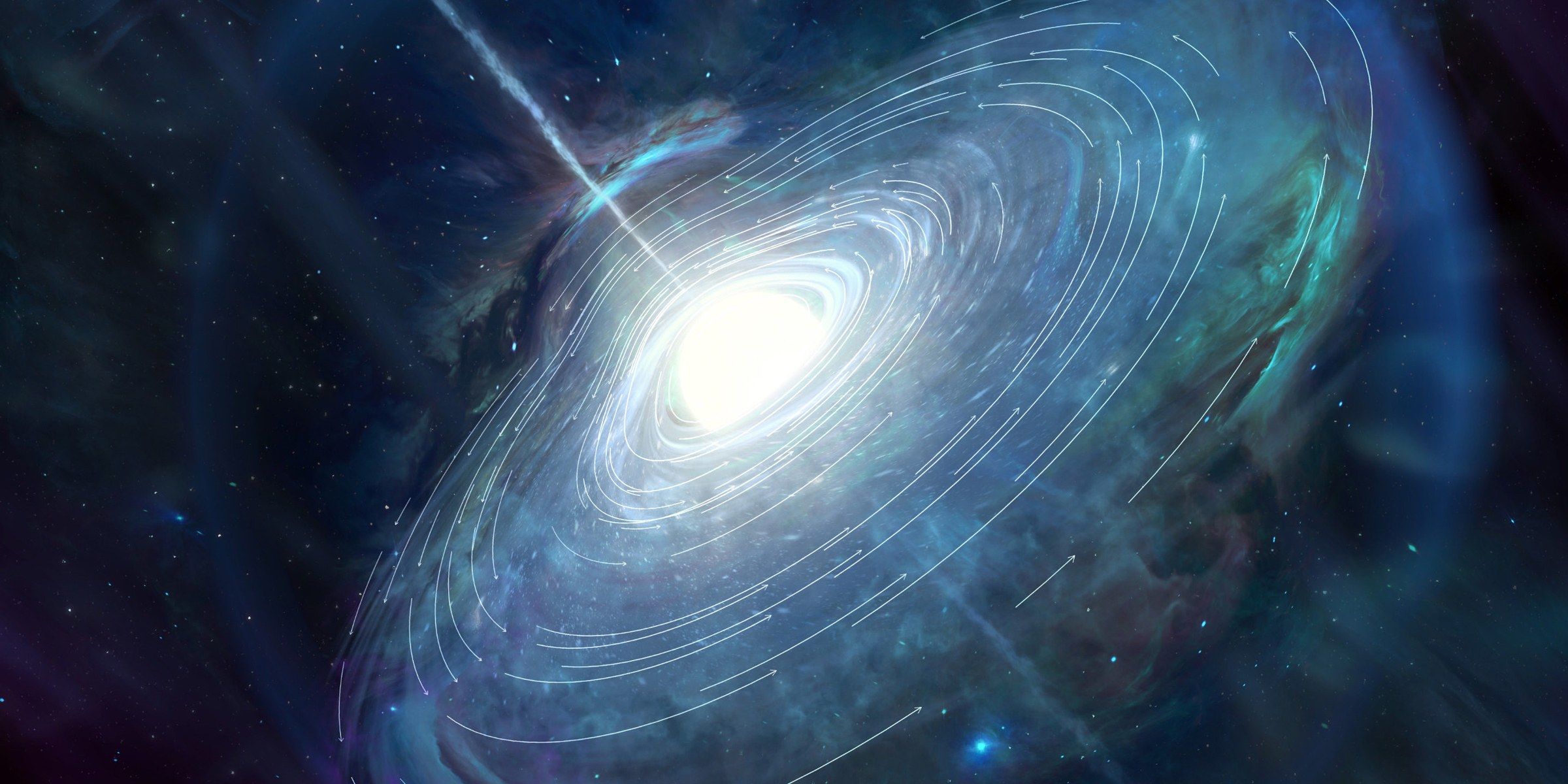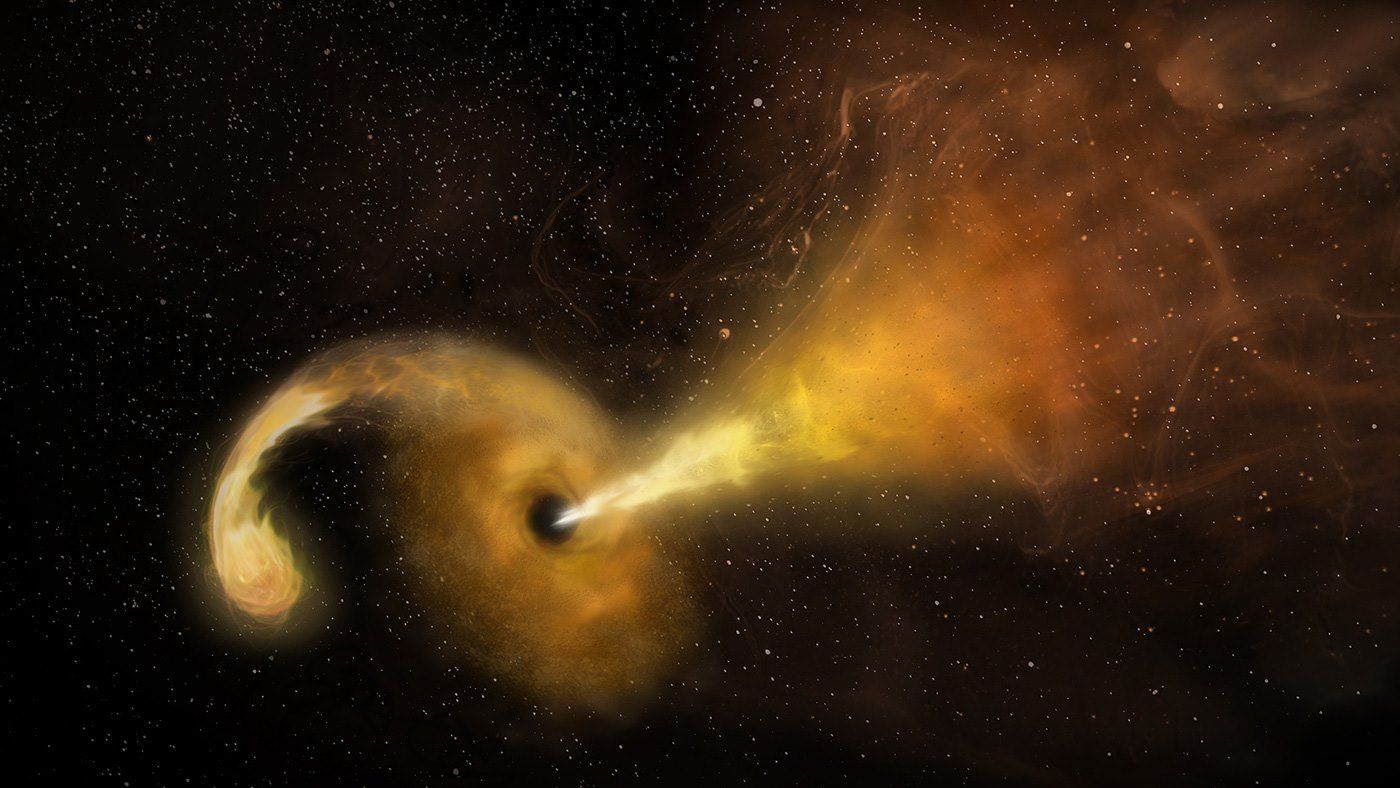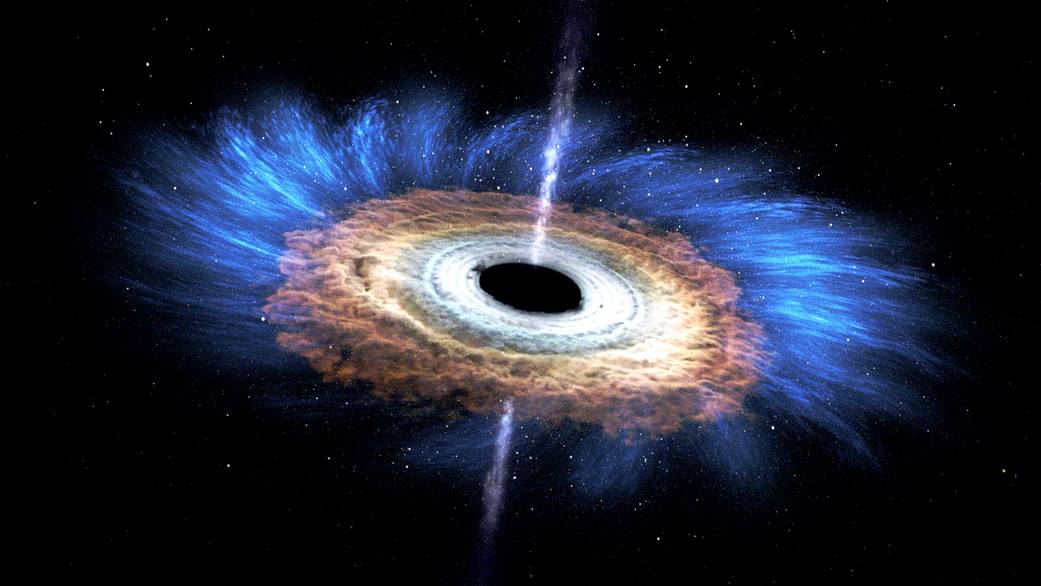Archive for the ‘cosmology’ category: Page 333
Dec 1, 2018
New Research Could Rewrite Physics From the Ground Up
Posted by Genevieve Klien in categories: cosmology, particle physics

Four researchers came together to propose the addition of six novel particles to tackle five enduring issues within the current Standard Model Theory. This new proposed model, detailed in APS Physics, is named SMASH for “Standard Model Axion See-saw Higgs portal inflation.” The team proposed that particles rho and axion could explain inflation and dark matter respectively, along with three heavy right-handed neutrinos.
With these findings, the researchers hope to answer the following questions about the Standard Model:
Continue reading “New Research Could Rewrite Physics From the Ground Up” »
Nov 30, 2018
Astronomers measure total starlight emitted over 13.7bn years
Posted by Genevieve Klien in category: cosmology
The first stars flickered into being a few hundred million years after the big bang. Since then, galaxies have churned out stars at a stupendous rate, and scientists estimate there were now about a trillion trillion.
In total, the astronomers estimate, stars have radiated 4×1084 photons (a photon being the smallest unit of light). Or put another way: 4,000,000,000,000,000,000,000,000,000,000,000,000,000,000,000,000,000,000,000,000,000,000,000,000,000,000,000,000 photons.
The astronomers based their calculation on measurements of the extragalactic background light (EBL), a cosmic fog of radiation that has been accumulating since stars first illuminated the dark, vast expanse of space.
Continue reading “Astronomers measure total starlight emitted over 13.7bn years” »
Nov 30, 2018
In a galaxy far away, an old star exploded and became a supernova
Posted by Michael Lance in category: cosmology

About 170 million years later, the light emanating from the explosion was received by an arsenal of high-powered telescopes here at Earth. While the telescopes observed, a few of those stars ended their long lives in dramatic explosions. See what we learned: https://go.nasa.gov/2rcIaOr&h=AT2ywbQrtay_XNW6uqmtoFtsirkvbj…cfHXkJ10lQ
This dark, tangled web spotted by NASA’s Hubble Space Telescope is a supernova remnant, created after a massive star ended its life in an explosion and threw its constituent material out into surrounding space. Discover more: https://go.nasa.gov/2G0nVgS&h=AT0m92-1V7h2Z6pdebGy-JSLFW…CsgI5QIBpg
Nov 29, 2018
If Light Can’t Escape Black Holes, How Do We Get Photos of Them… and More Questions From Our Readers
Posted by Genevieve Klien in category: cosmology
Nov 25, 2018
Unexpectedly Vanishing Quasars Are Mystifying Scientists
Posted by Genevieve Klien in category: cosmology
Quasars powered by supermassive black holes have been unexpectedly vanishing. Scientists have started to figure out why.
Nov 23, 2018
You’ve got to move fast on #BlackFriday2018 when there are limited quantities
Posted by Michael Lance in categories: cosmology, materials
Here’s a look at fast-moving jet material from the powerful gravity of a supermassive black hole when a star wandered just a little too close: https://go.nasa.gov/2FAO1XB #BlackHoleFriday
Nov 22, 2018
Massive Triple Star System Creates this Bizarre Swirling Pinwheel of Dust. And it Could be the Site of a Gamma Ray Burst
Posted by Genevieve Klien in category: cosmology
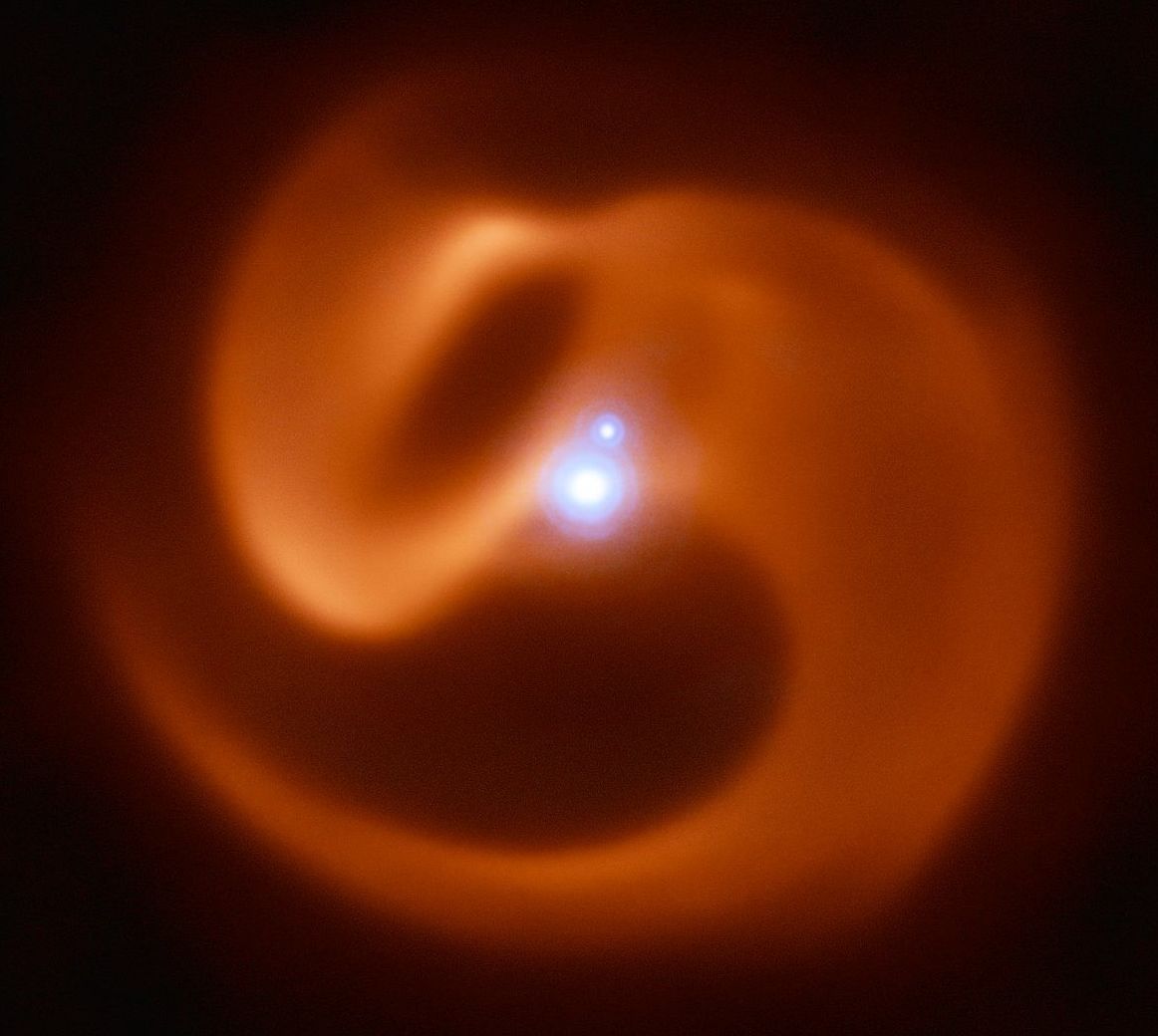
When stars reach the end of their lifespan, many undergo gravitational collapse and explode into a supernova, In some cases, they collapse to become black holes and release a tremendous amount of energy in a short amount of time. These are what is known as gamma-ray bursts (GRBs), and they are one of the most powerful events in the known Universe.
Recently, an international team of astronomers was able to capture an image of a newly-discovered triple star system surrounded by a “pinwheel” of dust. This system, nicknamed “Apep”, is located roughly 8,000 light years from Earth and destined to become a long-duration GRB. In addition, it is the first of its kind to be discovered in our galaxy.
Nov 22, 2018
It’s #BlackFriday, but we don’t do much shopping in space
Posted by Michael Lance in category: cosmology
It’s #BlackFriday, but we don’t do much shopping in space. Instead, join us for our 6th annual #BlackHoleFriday where we’ll share awesome images and facts about black holes! https://go.nasa.gov/2FB9qQD
